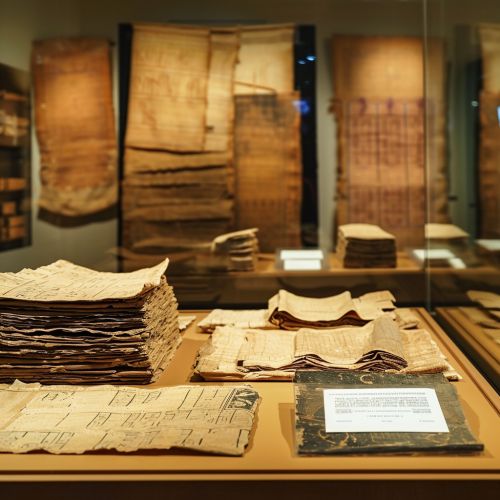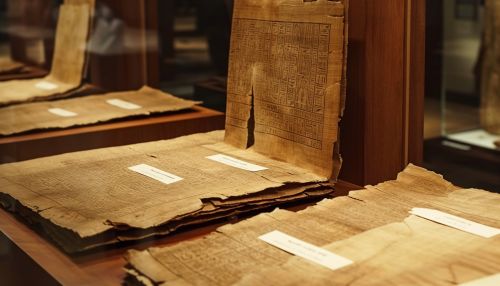Chester Beatty Papyri
Introduction
The Chester Beatty Papyri are a group of ancient manuscripts that have made significant contributions to the field of biblical studies. Named after Sir Alfred Chester Beatty, an American mining magnate and philanthropist who collected and preserved these valuable documents, the papyri are considered some of the oldest and most important biblical manuscripts in existence. They are currently housed in the Chester Beatty Library in Dublin, Ireland.
History
The Chester Beatty Papyri were discovered in the early 20th century in Egypt. The exact location and circumstances of their discovery remain unknown, but it is believed that they were found in the ruins of an ancient monastery or church. The papyri were purchased by Chester Beatty in the 1930s and have since been kept in his library, which is now a public museum.


Contents
The Chester Beatty Papyri consist of eleven codices, or ancient book-like manuscripts, that contain parts of the Old and New Testaments of the Bible. The papyri are written in Greek and are dated from the 2nd to the 4th century AD, making them some of the earliest known copies of biblical texts.
Old Testament Papyri
The Old Testament papyri include fragments from several books of the Septuagint, the Greek version of the Hebrew Bible. These include parts of Genesis, Numbers, Deuteronomy, Isaiah, Jeremiah, Ezekiel, and Daniel.
New Testament Papyri
The New Testament papyri are even more extensive. They include portions of the four Gospels, the Acts of the Apostles, Paul's Epistles, and the Book of Revelation. Notably, the Chester Beatty Papyri contain the earliest known copy of Paul's Epistles, dated to around AD 200.
Significance
The Chester Beatty Papyri are of immense significance to biblical studies and textual criticism. As some of the earliest extant copies of the biblical texts, they provide valuable insights into the early transmission and translation of the Bible. They also offer evidence of the use of the codex, the book-like format, in the early Christian era, as opposed to the scroll format that was more common in the ancient world.
Preservation and Study
The Chester Beatty Papyri have been carefully preserved and studied since their acquisition by Beatty. The papyri are fragile and require careful handling and conservation. They have been digitized to allow for detailed study without causing damage to the original documents. Scholars from around the world have studied the papyri, contributing to our understanding of the Bible and its history.
